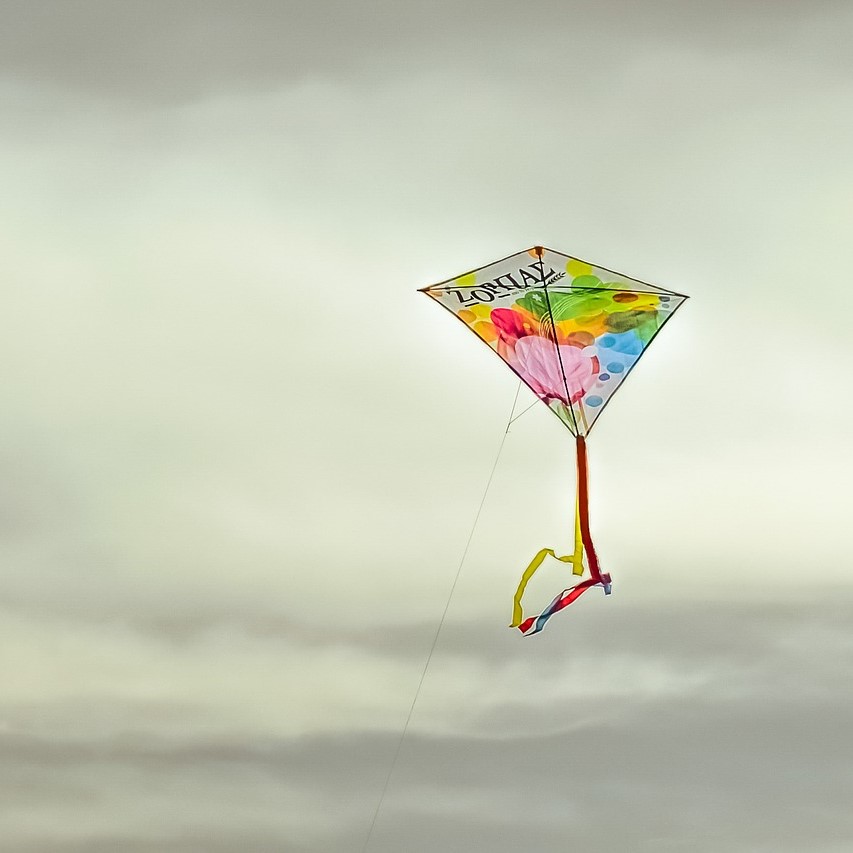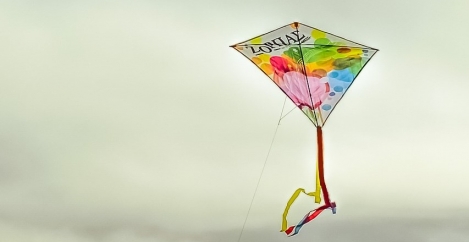September 5, 2019
The role of gamification in workplace creativity
 Coming up with a good creative idea is hard. We do not fully understand how this process works, but there are certain techniques that have proved successful in fostering creativity, such as mind-mapping, brainstorming or creating conditions for free experimentation. Many big companies (such as design agencies) embrace these practices in the way they work.
Coming up with a good creative idea is hard. We do not fully understand how this process works, but there are certain techniques that have proved successful in fostering creativity, such as mind-mapping, brainstorming or creating conditions for free experimentation. Many big companies (such as design agencies) embrace these practices in the way they work.
The rapid acceleration of information technologies has led to a huge boom in the video game industry. Curious as to what exactly makes games so engaging, many are keen to test it out in non-gaming contexts. This process is called “gamification” (not to be confused with game theory).
Playing games, literally, is a powerful way of facilitating creative thinking, because it can lower the barriers of established behavioural norms and routines by offering new rules and sometimes even new realities.
[embedyt] https://www.youtube.com/watch?v=VwGKdKTNYxM[/embedyt]
The idea was quickly picked up by business where bold predictions were made about the value of gamification when applied to business processes such as innovation management – overseeing the process of creating and transforming an idea into a marketable solution. But many companies are still sceptical about the concept of gamification or unsure how to make it work for their particular needs.
Managing ideas
The purpose of ideas management is to engage people who already have ideas and to streamline them through the “innovation funnel” – the process of searching for, selecting and implementing new ideas. Our research shows how gamification becomes a tool to create a space where people can share their ideas with each other.
A typical way this would work would be for an organisation to set up a platform such as a website on which to post and share ideas. Employees receive points every week or month to “invest” in proposed ideas they like. After the best ideas are selected, the successful “investors” receive dividends in points, which can then be reinvested. The points don’t have a monetary value, but people assign status value to them. Playing investor is both fun and serves a serious purpose.
This can create informal competition between employees for the status of their departments, with unintended positive side effects. For instance, when employees browse through the platform, they start to understand better what is happening in the rest of the organisation. They get to know other people and this develops a sense of community.
In large organisations, such initiatives can be very successful at the beginning, but ultimately cannot cope with the amount of ideas flowing through the funnel. At that point the initiative needs to develop into something else.
But crucially, a gamified environment gives people permission to think and behave differently, and this is where the magic starts to happen.
Ideas creation
Another approach is to gamify that actual process of ideas creation. This aims to influence cognitive processes – the mental processes that help us analyse, respond and react to any given situation – and involves something that looks more like an actual game. This makes it more difficult to implement because it requires the development of a more sophisticated concept. Here, simple investment points will not do – and this is where creative ideas can be born and really flourish.
[perfectpullquote align=”right” bordertop=”false” cite=”” link=”” color=”” class=”” size=””]A new role liberates the player from conventional social norms and allows them to explore their characters and the reality[/perfectpullquote]
Alternate reality games and live-action role play (LARP) are two examples of how this can work. In alternate reality games, the players act as themselves, but the reality around them changes. Gamification expert Jane McGonigal showed how it can work in a game called World Without Oil, where participants were presented with a situation where the world gradually runs out of oil.
Daily updates about prices, shortages and new oil strikes were provided to prompt participants to think about what it would mean for them. They shared with others their insights about how their lives would change. These were then clustered into “signals” of change. This collective thinking could then be used by different industries for long-term scenario planning.
In live action role play – as the name suggest – the players adopt new roles, while the reality around them can change or stay the same. What matters is the interactions between the players and the insights they gain from being in a new role or from observing others.
A new role liberates the player from conventional social norms and allows them to explore their characters and the reality. For instance, researchers from the University of California studied smart social wearables (wearable devices that aim to enhance real-life interactions), through a LARP called Battlestar Galactica.
The participants played the survivors of an alien attack on their home planet and had to adjust their communication with each other depending on the indicators of physical and mental health from the clothing they were “wearing”. Analysing the results, the researchers gained insights into how wearable technology can mediate human interactions.
Gamification for the good
[perfectpullquote align=”right” bordertop=”false” cite=”” link=”” color=”” class=”” size=””]Gamification should not be seen as a purely instrumental approach for the easier task of ideas management[/perfectpullquote]
Many companies are likely to implement gamification for ideas management as a way of evolving and improving their business processes. It’s a more playful, engaging way to give every employee a voice and allow them to be innovators, even if it is not in their job title.
But gamification should not be seen as a purely instrumental approach for the easier task of ideas management. Using it to foster creative thinking is more difficult and resource-consuming, but it is also more rewarding, because it can help us to explore and imagine the future challenges and possibilities.
And it is not an approach that should remain just in the realm of obvious creative industries, like design. More traditional industries can use this approach to re-imagine their future and open up their creative potential. For example, games could help the bottled water industry consider what it should look like in light of pressing plastic waste issues. How does it adapt? Adopting gamification sparks the creativity that leads to invention and reinvention.
Image by Dimitris Vetsikas from Pixabay
This feature first appeared on The Conversation

Assistant is professor of business management at Heriot-Watt University This research was conducted in collaboration with Viktor D?rfler and Jill MacBryde from the University of Strathclyde. This work is part of the gaming research centre at Heriot-Watt University (https://giecs.hw.ac.uk/).















